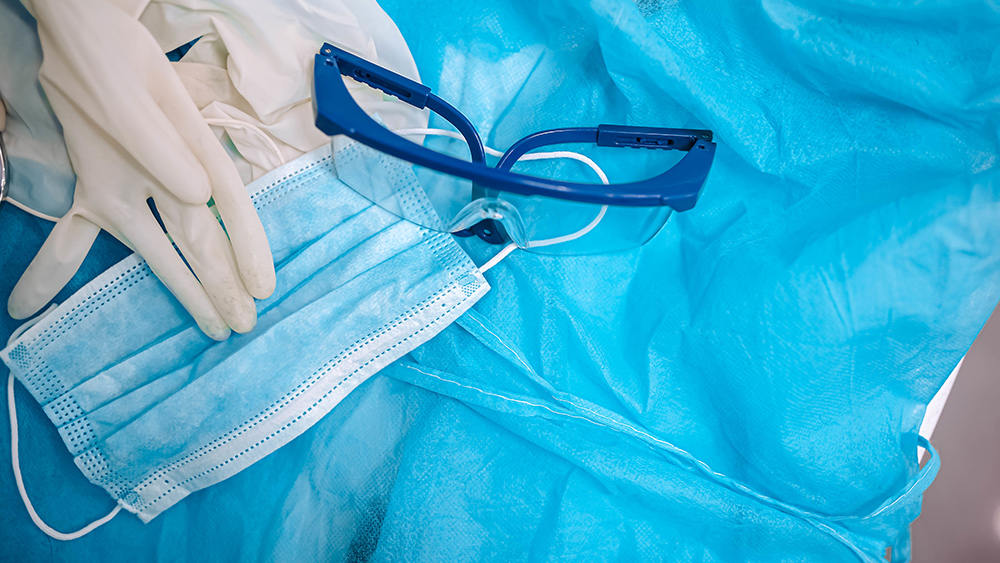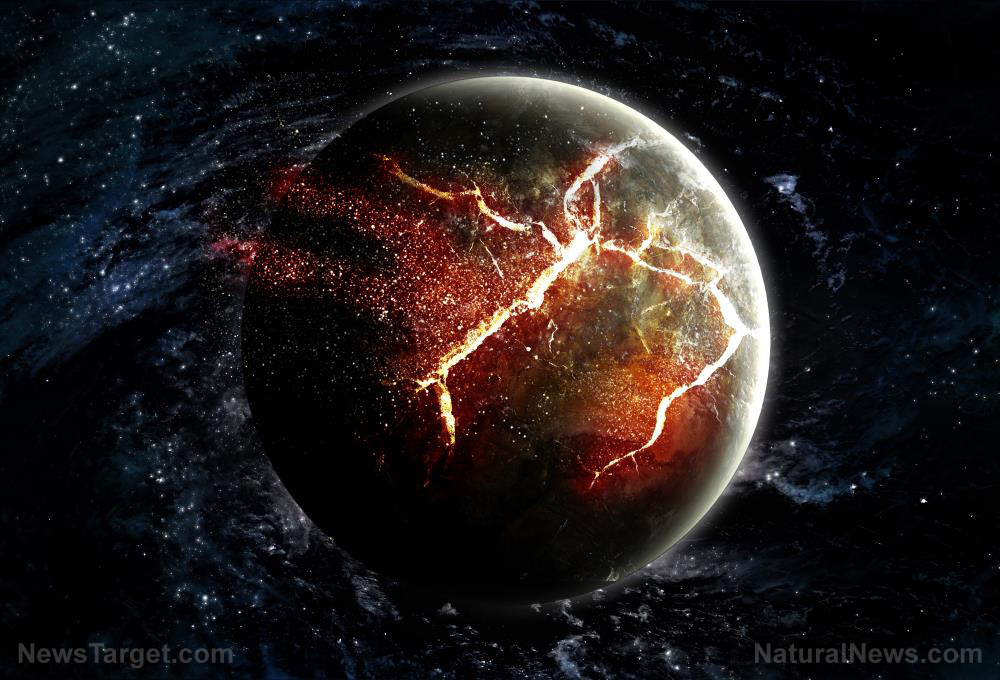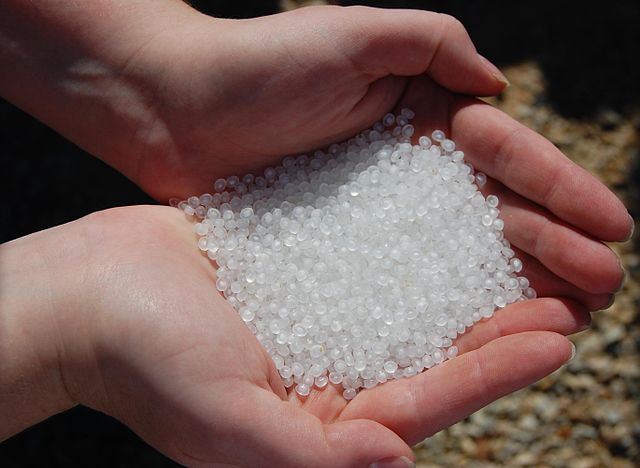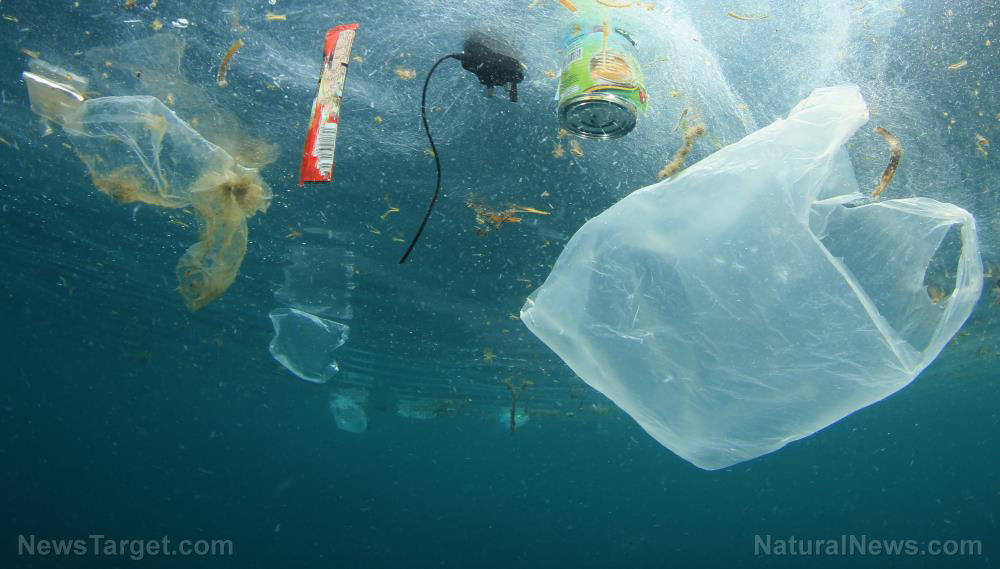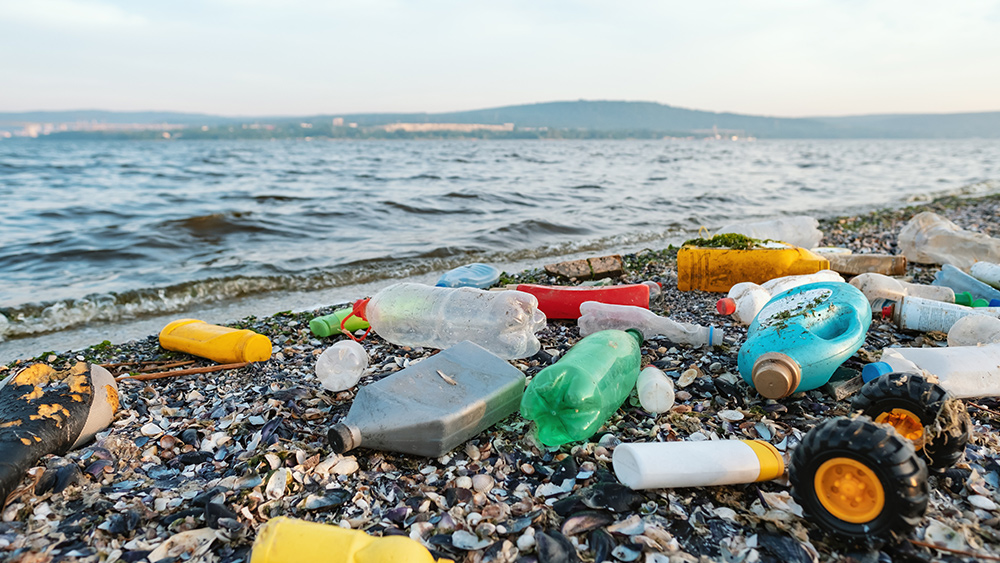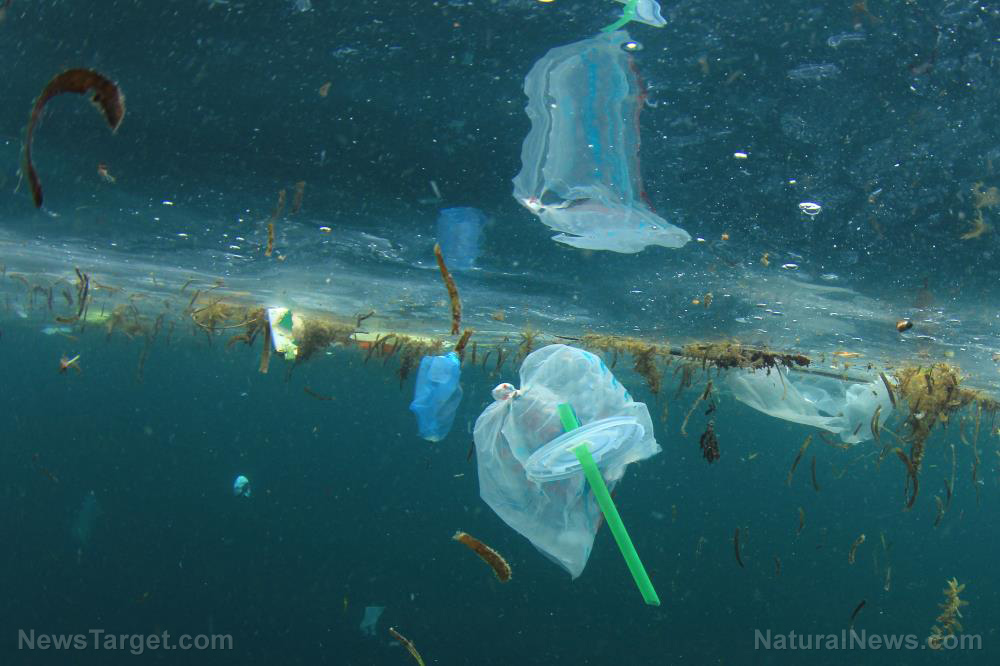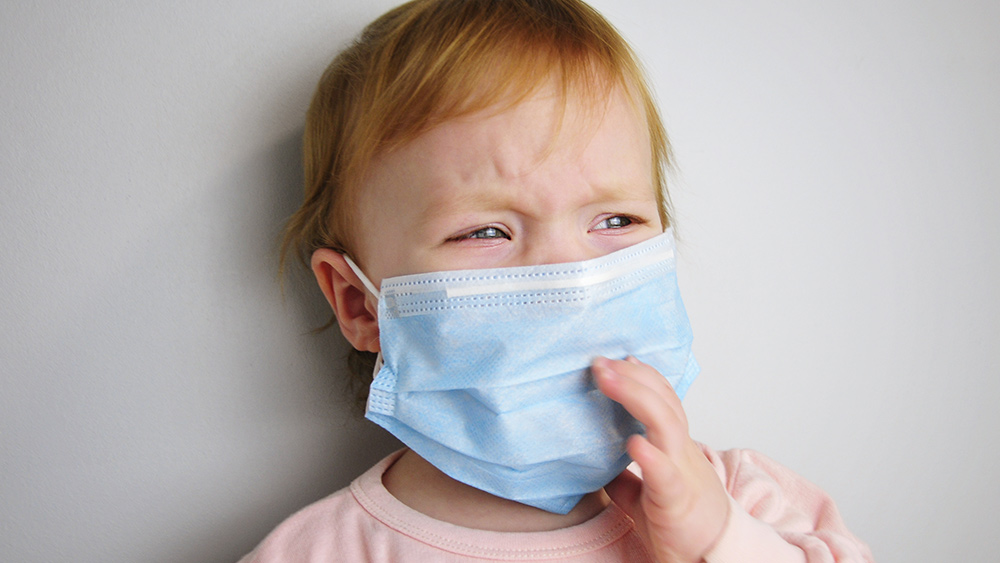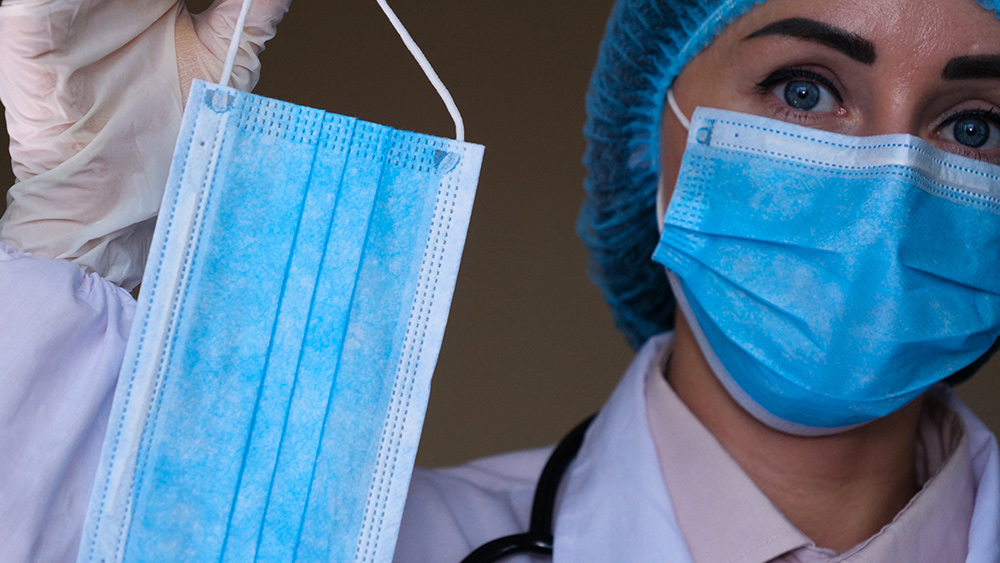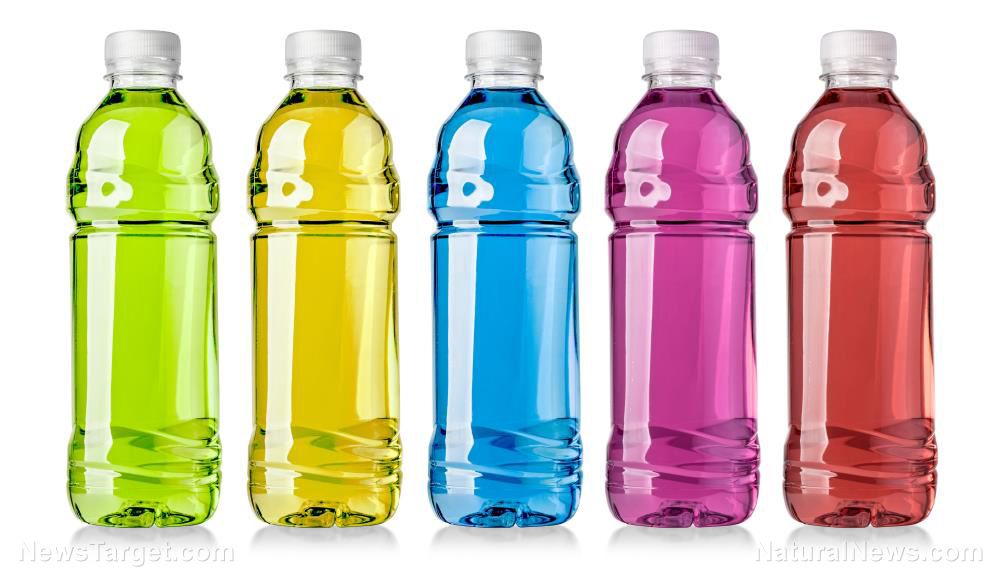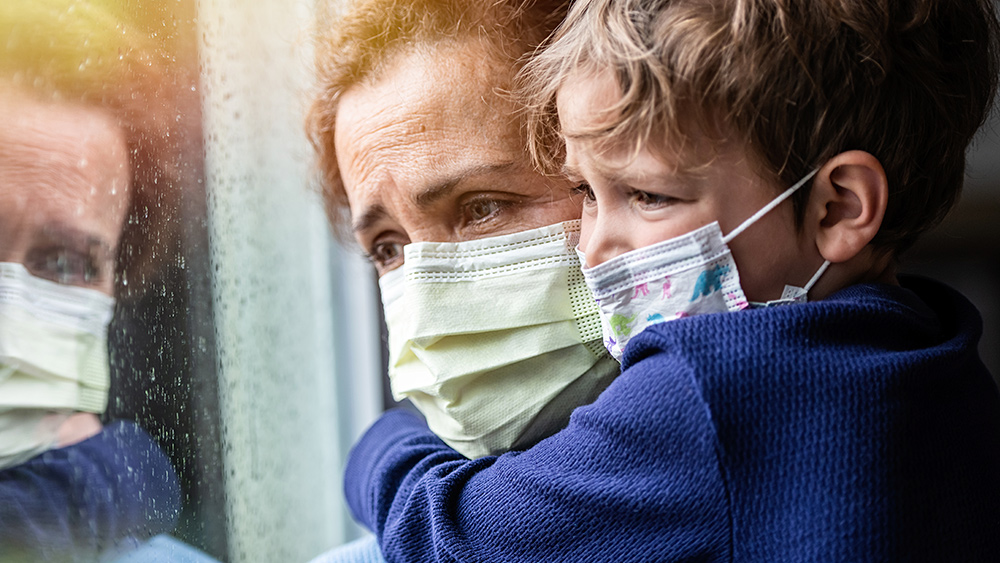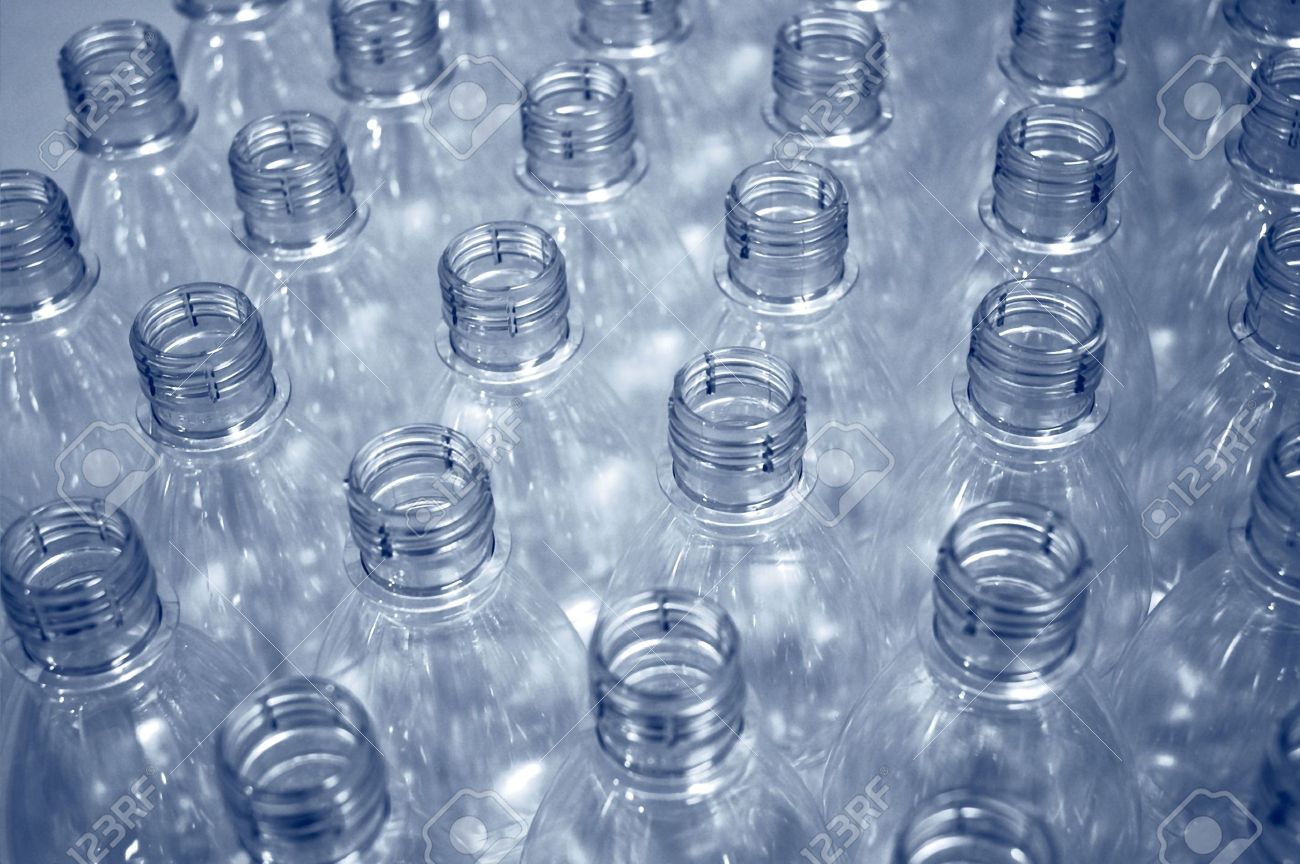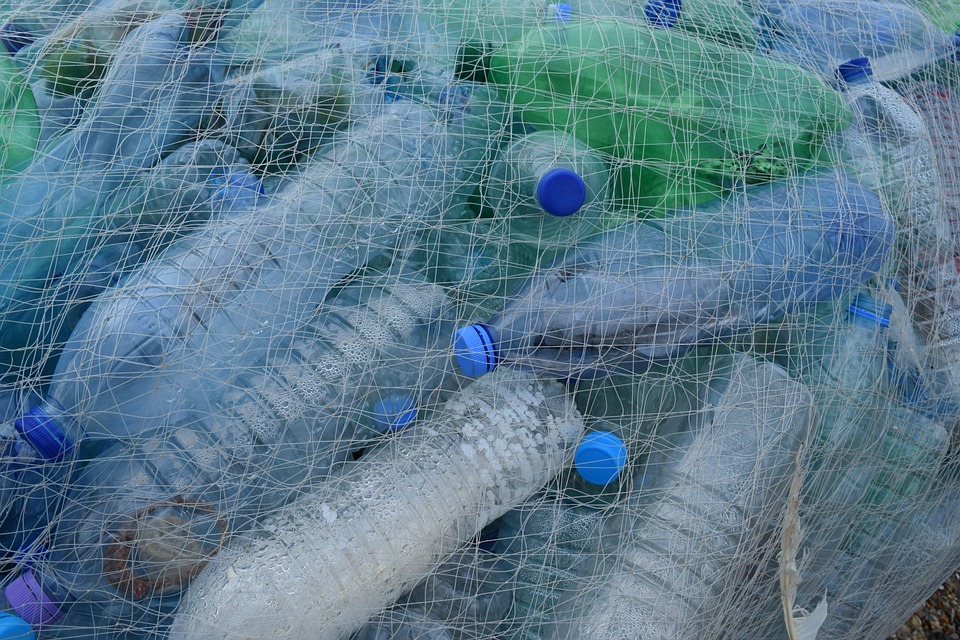Study: More than three-fourths of PLASTIC in Pacific Garbage Patch came from Chinese, Japanese fishermen
09/13/2022 / By Ramon Tomey

More than 75 percent of plastic found in the North Pacific Garbage Patch (NPGP) are discarded fishing equipment from Japan and China, according to a Dutch non-profit.
In a Sept. 1 study, The Ocean Cleanup (TOC) and Wageningen University & Research in the Netherlands revealed that up to 86 percent of plastic in the NPGP were “items abandoned, lost or discarded by fishing vessels.” Six countries – Japan, China, Taiwan, South Korea, the U.S. and Canada – were named in the report as the sources of the plastic debris. The non-profit based this on the writing and brand logos printed on the items.
The study authors were able to identify the country of origin for a sample collection of 232 objects. The largest percentage came from Japan at 33.6 percent of items followed by China at 32.3 percent. South Korea ranked third at 9.9 percent.
Items from the U.S. constituted 6.5 percent of items from the sample collection, followed by Taiwan at 5.6 percent and Canada at 4.7 percent.
Since the beginning of TOC’s study in 2019, it has harvested more than 6,000 plastic objects from the ocean. The Dutch non-profit collected garbage samples by dragging huge U-shaped nets behind research vessels. Surprisingly, the bulk of ocean debris they collected was “fishing and aquaculture gear” – including equipment for harvesting fish, oysters and eel.
Laurent Lebreton, the study’s lead author, recounted that his group found a fishing buoy from the 1960s and a crate from the 1970s. He lamented that the “situation is worsening” due to “an exponential increase in plastic production over the last two decades.” (Related: Without immediate action, plastic flow into oceans could TRIPLE by 2040: Researchers present measures to reduce plastic pollution by 80%.)
“More than half the ocean surface is now being fished, increasing the chance of fishing gear being lost, discarded or abandoned in the ocean,” Lebreton added.
Study debunks some perceptions about plastic waste in oceans
The NPGP, created by intersecting ocean currents between the West Coast and Hawaii, was first discovered in 1997. It is estimated to cover several million square kilometers and weigh tens of thousands of tons. Western media and popular culture often depict the NPGP as the result of Westerners’ carelessness when it comes to plastic disposal.
The Sept. 1 study, however, shed new light on the floating trash heap.
The six countries together accounted for more than 92 percent of the identifiable trash in the NPGP. Moreover, the study authors also calculated that trash in the NPGP was 10 times more likely to come from fishing activities instead of land-based activities. Based on their findings, they concluded that the six nations they identified engage regularly in massive fishing operations.
The findings came as a surprise to the researchers, who initially thought that rivers were the primary sources of plastic waste in the ocean. They discovered that trash that falls under this category only made up a minuscule amount. Those tossed directly by fishing vessels comprised a huge chunk of ocean waste.
According to Lebreton, physically hauling the plastic debris out of the NPGP is difficult and risks harming marine life.
Thus, he suggested in the paper that policies that seek to reduce the amount of ocean waste should zero in on the fishing industry. He added that measures such as regulating equipment and promoting waste management on fishing vessels serve as the best way to minimize the oceanic garbage patches.
Head over to Pollution.news for more stories about plastic waste in oceans.
Watch this footage of The Ocean Cleanup commencing efforts to clean up the NPGP.
This video is from the GalacticStorm channel on Brighteon.com.
More related stories:
COVID also caused pandemic of plastic waste such as FACE MASKS, Aussie environmental group says.=
Drowning in plastic: Hermit crabs are turning plastic waste into homes that are killing them.
Nonprofit group cleaning up plastic waste from Great Pacific Garbage Patch.
Sources include:
Submit a correction >>
Tagged Under:
China, Ecology, environment, fishing equipment, fishing vessels, Japan, marine life, North Pacific Garbage Patch, ocean health, ocean waste, plastic waste, research, The Ocean Cleanup, waste reduction
This article may contain statements that reflect the opinion of the author
RECENT NEWS & ARTICLES
Microplastics.News is a fact-based public education website published by Microplastics News Features, LLC.
All content copyright © 2018 by Microplastics News Features, LLC.
Contact Us with Tips or Corrections
All trademarks, registered trademarks and servicemarks mentioned on this site are the property of their respective owners.

